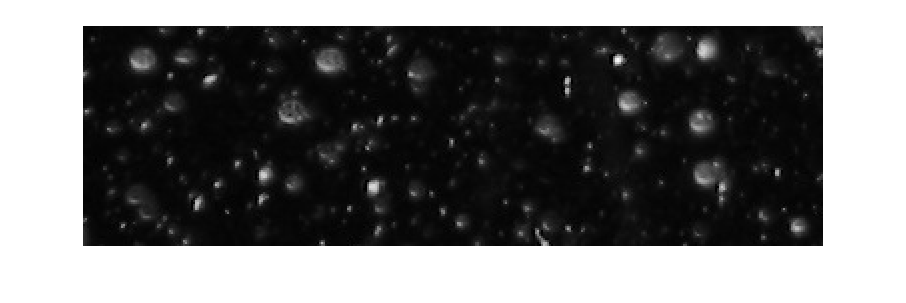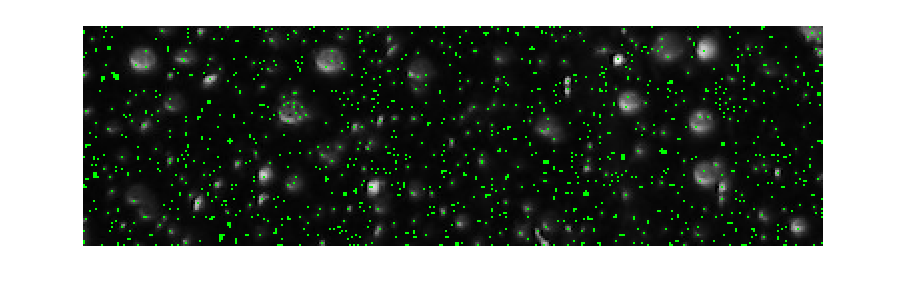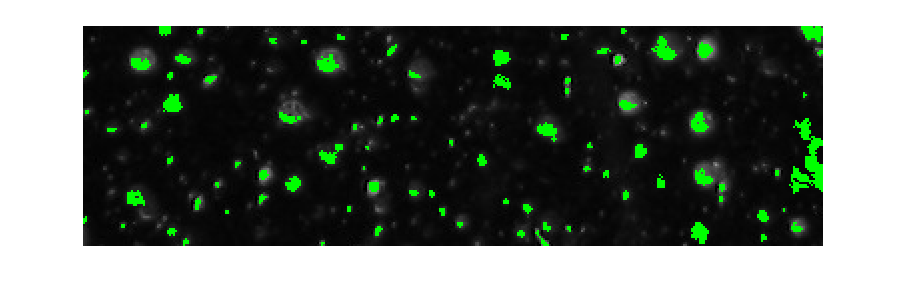imhmax
Suppress regional maxima in image using H-maxima transform
Description
J = imhmax(I,H)I by using the
H-maxima transform. The H-maxima transform decreases the height of all regional
maxima by an amount up to H. As a result, the transform fully
suppresses regional maxima whose height is less than H.
Regional maxima are connected pixels with the same
intensity value, t, that are surrounded by pixels with an
intensity value less than t.
Examples
Input Arguments
Output Arguments
References
[1] Soille, P. Morphological Image Analysis: Principles and Applications. Springer-Verlag, 1999, pp. 170-171.
Extended Capabilities
Version History
Introduced before R2006a










